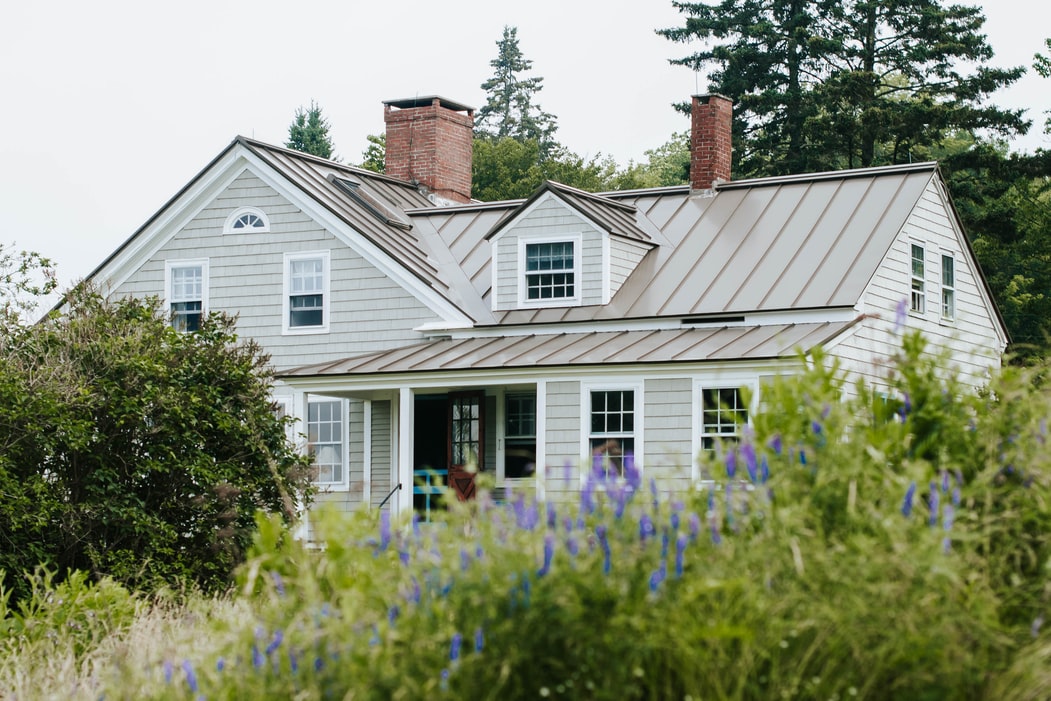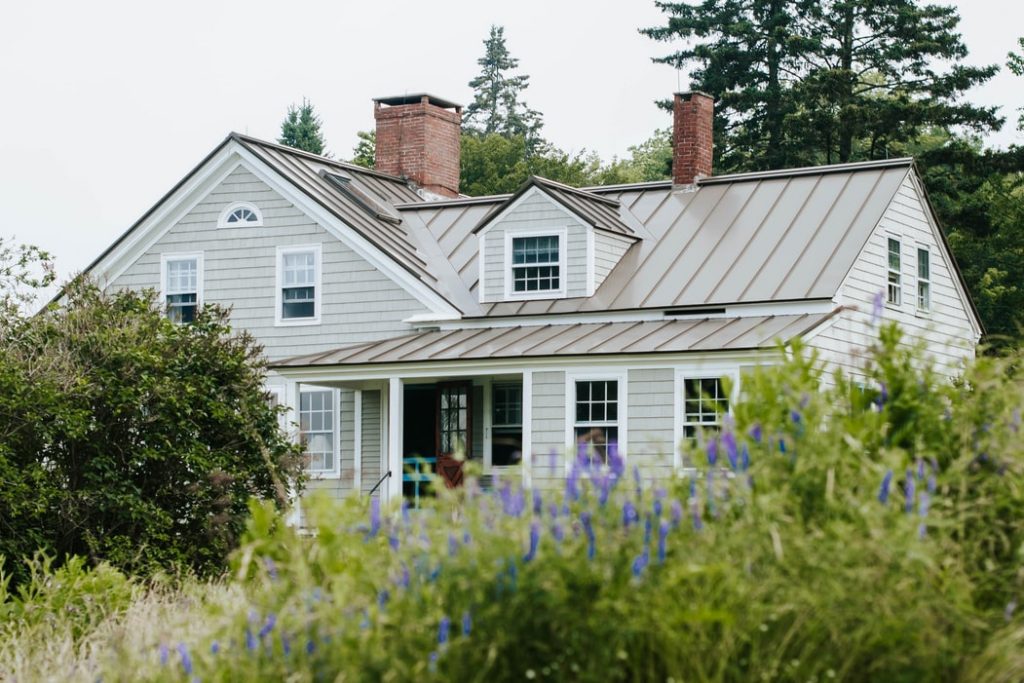Protecting Your Roof: Essentials Every Homeowner Needs to Know

Your roof is one of the most critical components of your home. It shields you from the elements, contributes to energy efficiency, and adds to the overall aesthetic appeal of your property.

Regular maintenance is essential to keep it in top condition, avoid costly repairs, and prolong its lifespan. This article will provide homeowners with the vital knowledge they need to ensure their crowns stay in top condition. So, if you’re a homeowner, read on! Let’s make the crown strong, safe, and ready for any weather or condition!
What are Some Common Roofing Issues?
- Leaks and Moisture: Water infiltration is one of the most common roofing issues. Persistent leaks can lead to mold growth and structural damage.
- Blow-Offs and Wind Damage: Strong winds can lift and remove shingles, especially if they are improperly installed or if the adhesive has weakened over time.
- Poor Installation: Substandard installation practices can lead to a variety of issues, including improper sealing of roof penetrations, inadequate ventilation, and incorrect shingle placement. Poor installation often results in early roof failure and the need for costly repairs or replacement.
- Tree Damage: Overhanging tree branches can scrape against the roof surface, damaging shingles and other roofing materials. Fallen branches, especially during storms, can cause significant damage by puncturing the roof or dislodging shingles.
- Ponding Water: Flat or low-slope roofs are particularly susceptible to ponding water, where water fails to drain properly and remains on the roof surface. This can be caused by poor drainage design, clogged drains, or sagging roof sections. Prolonged ponding can lead to deterioration of roofing materials and eventual leaks.

Importance of Regular Professional Inspection
Professional inspections are invaluable for catching potential issues early. They ensure that the crown remains in optimal condition by preventing minor problems from turning into major, expensive repairs. These inspections can also extend the lifespan by promptly addressing wear and tear.
During the inspection, the roofing contractor will examine shingles, flashing, gutters, and attic ventilation. They look for signs of damage to create a comprehensive repair plan.
However, it is important to find a certified roofing contractor who can provide reliable and quality services to ensure its health. It’s recommended to have a professional inspection at least once a year, preferably before the winter season. Additionally, after any significant weather event like a storm or heavy snowfall, it’s wise to have the crown inspected to ensure there is no hidden damage.
Roof Maintenance Tips
- Cleaning gutters and downspouts: Regularly clean your gutters and downspouts to prevent water buildup and overflow, which can cause crown and foundation damage. Clogged gutters can lead to water seeping under the crown and into your home.
- Removing leaves, branches, and debris from the surface: Keep it clear of debris to prevent moisture buildup and mold growth. Leaves and branches can trap water and cause deterioration of roofing materials.
- Inspecting and maintaining flashing: Check the flashing around chimneys, vents, and skylights for rust, cracks, or missing pieces. Proper flashing prevents water from seeping into joints and causing leaks.
- Ensuring proper attic ventilation: Adequate attic ventilation helps regulate temperature and moisture levels, preventing mold growth and ice dams in winter. Ensure vents are unobstructed and functioning correctly.
Preventative Measures
- Installing gutter guards: Gutter guards help reduce clogs by keeping leaves and debris out of the gutters, ensuring proper water flow, and reducing maintenance efforts.
- Trimming overhanging branches: Trim back branches that overhang your crown to prevent damage from falling limbs and reduce debris accumulation. This also discourages animals from accessing your roof.
- Applying sealant: Specific sealants provide an extra layer of protection against water penetration, UV rays, and weather damage. It can extend the life of your attic by preventing minor issues from worsening.
- Protecting against ice dams and winter damage: You need to take measures to prevent ice dams by ensuring proper insulation and ventilation in colder months. They can cause significant water damage to your home.

Planning for the Future
- Knowing when it’s time to consider a replacement: Pay attention to the age of your roof and the extent of any damage. If it is nearing the end of its expected lifespan or has significant issues, it may be time for a replacement.
- Understanding warranties and insurance coverage: Familiarize yourself with its warranty and your homeowner’s insurance policy. Knowing what is covered can save you money and stress if repairs or replacements are needed.
- Investing in high-quality materials for long-term benefits: When it’s time to replace the home’s crown, invest in high-quality materials. While they may cost more upfront, they often last longer and provide better protection, ultimately saving you money in the long run.
Final Words
Proactive care is crucial for protecting your home and ensuring its longevity. Regular maintenance, professional inspections, and preventative measures can help you avoid costly repairs and extend the life of your roof. By implementing these practices, you can maintain the integrity and value of your home for years to come.







